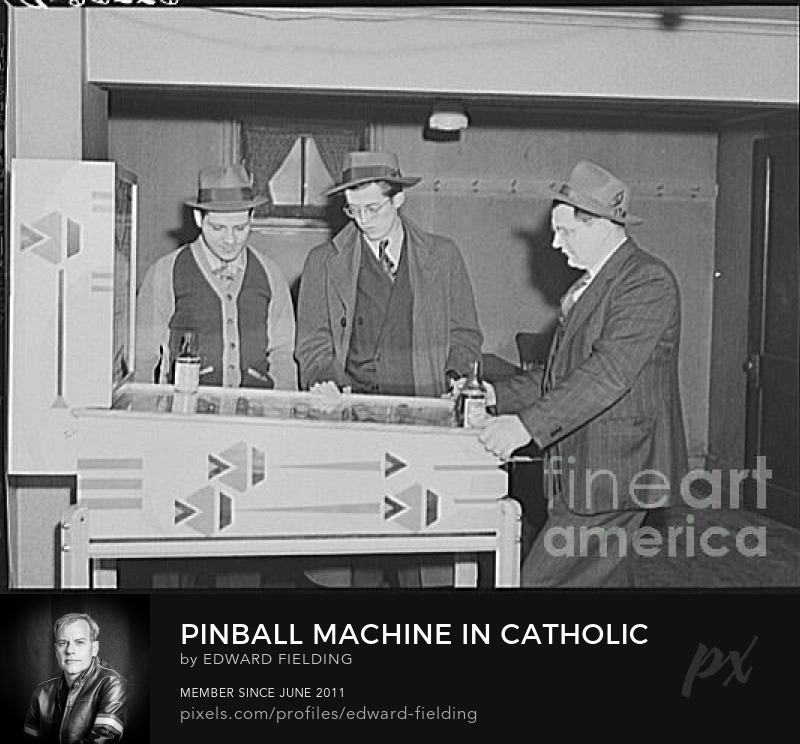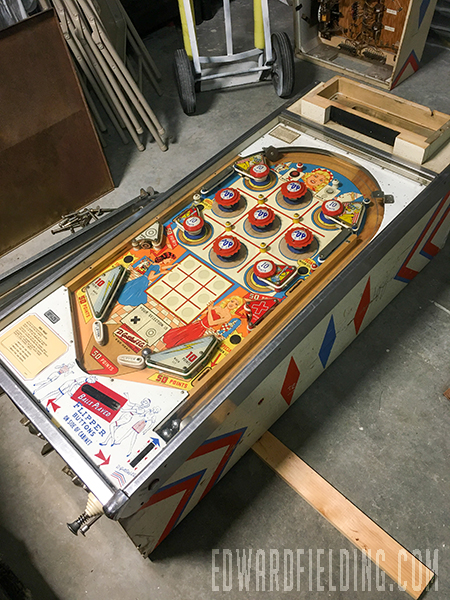Any financial advisor will tell you that a diversified investment portfolio is your best bet for growing wealth. A mix of stocks, bonds, money market accounts and real estate is your best hedge against inflation.
If you have extra money to invest, one could look towards tangible collectibles like stamps, rare coins, fine art, vintage toys, sports memorabilia or even collectible sneakers.
But collecting anything as an “investment” is risky. Remember the Beanie Baby crazy? People spent hundreds of dollars on them and then they became worthless.
With any tangible collectible such as pinball machines, you should enjoy the ownership of the object first and consider it an investment second.
Pinball machines tend to hold their value and some even appreciate in value over time but there are costs involved in maintenance, storage, and moving them around. A machine that stops working was stored in a non-climate controlled location or is damaged in a move will see its value diminish.
Collectible investments are physical objects — tangible assets that have the potential to appreciate in value and diversify your investment portfolio.
The value of tangible collectibles is subjected to the whims of nostalgia. Value can fluctuate as the value is often tied to the buyer’s memory of the object.
Availability of parts is important as some machines will have less value if they can’t be kept running. The rarity of a title can increase value but not if the machine can’t be maintained.

A pinball machine from an obscure manufacturer won’t have parts available. It might be very rare, but pinball machines are a type of collectible that buyers want to use, not something that is just stored on a shelf.
Gameplay is also important in collecting pinball machines. Games that are less fun to play will have less value to other collectors.
Themes and artwork are also important. Themes with more universal appeal will be easier to sell when it comes time to part with the machine.
Artwork is important as certain artists’ work becomes more valuable. There is a subset of pinball collectors who focus on machines with artwork from certain artists.

Are pinball machines a good investment? Yes, if you don’t overpay for them. They increase in value but not very fast. If you overpay for a machine and then try to sell it after a few months, don’t expect to recoup your initial outlay. Some titles might actually decline in value as more exciting titles come on the market.
New in-box (NIB) expensive machines will hold value as the hype around them causes the demand to outpace supply but a new machine getting a lot of attention is released, the demand for the older title can diminish.
Also, collectors have limited space for these large objects. As a new machine comes out, ofter the less desirable ones flood the market to make room for the latest and greatest.
Pinball collectors like to play their machines so playability if a major factor and is what drives up the price of machines from the 80s on. Older machines actually don’t increase in value all that much because most collectors find them slow and boring to play and they take up a “slot” in their limited collection space.
Collectibles are illiquid, unregulated, and often opaquely priced, so investors should collect not just for profit, but for enjoyment.
Older machines from the 1960s and 1950s don’t get the respect their beautiful artwork deserves as the nostalgia factor wears off as those who remember playing these machines age, downsize or die off.
Although I’d imagine at some point machines from the early days will start to be appreciated as objects of low art, collected for the sake of collecting instead of their playability.

Some pinball machines are actually considered rather worthless in the eyes of the collector market. Certain poor playing games are often trashed rather than saved. Other versions of gambling-type machines called Bingos have no flippers, reward players in replays that are meaningless to home players, are heavy and have very complicated machinery are very hard to find buyers.
Some collectors love these machines because they sport beautiful artwork and they are cheap to buy but often people finding them in their procession have a hard time finding buyers for them at any price.
In summary, a collectible like a pinball machine should be enjoyed first and considered an investment second.
Selling a large, heavy object that required maintenance is not all that liquid. It’s not like a stock that can be sold in minutes. Certain desirable titles will be easier to resell than others. Like any “investment” one should do their research before plunking down a large amount of their retirement money into anything they consider to be an investment.
